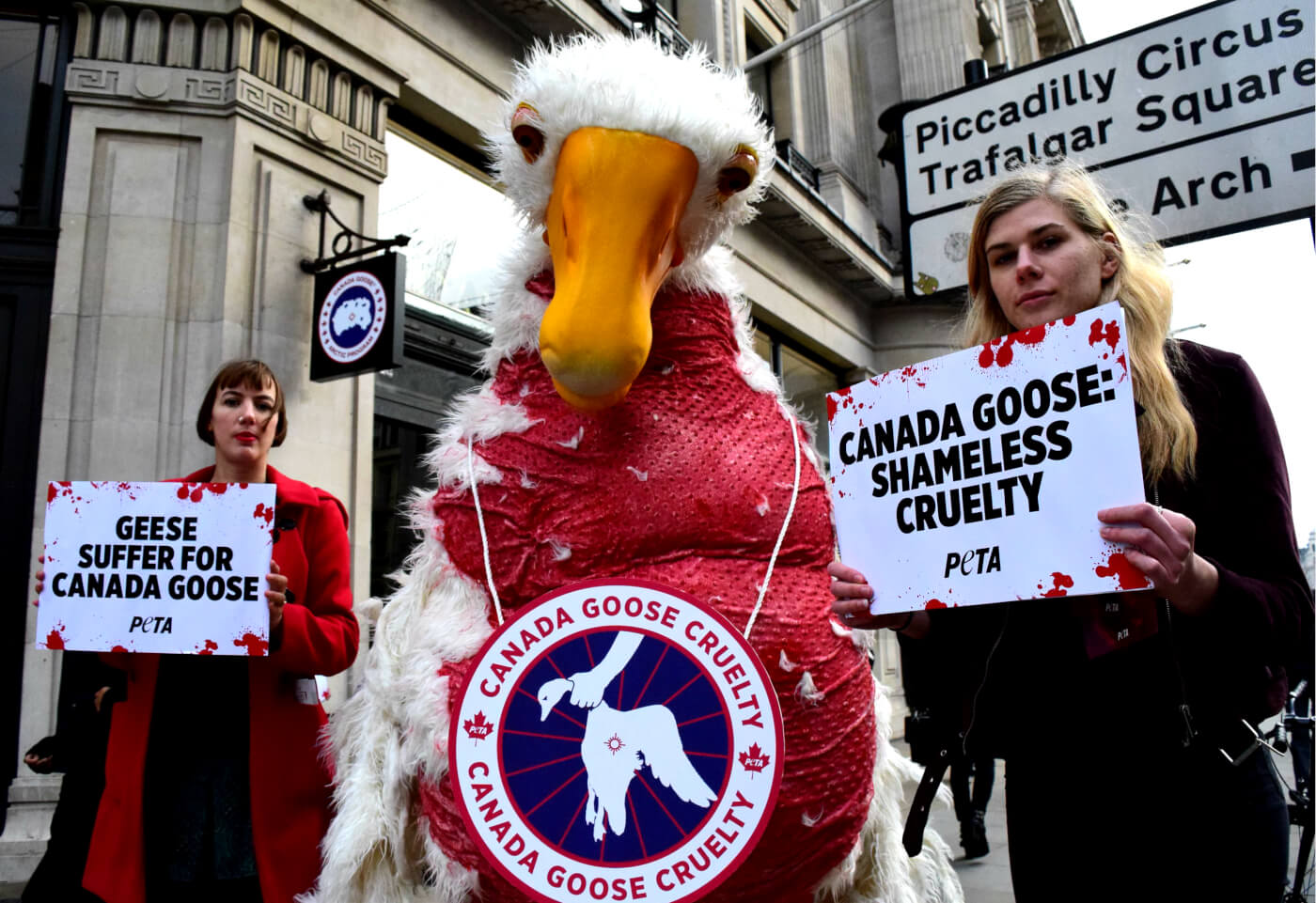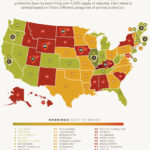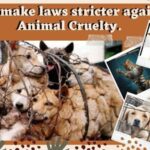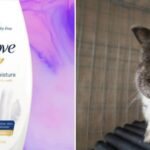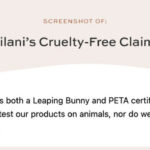In the realm of fashion, where pragmatism often intersects with vanity, few brands have garnered as much attention and controversy as Canada Goose. Renowned for its high-performance outerwear, the company is celebrated for its craftsmanship and durability. However, lurking beneath the fabric of its perceived excellence lies a profound moral quandary surrounding animal welfare. At the heart of this issue is the goose down debate—a topic that elicits passion and indignation in equal measure.
To understand if Canada Goose is still involved in animal cruelty, it is essential first to delve into the sourcing of the materials that define their products. Goose down, the soft feathers found underneath the tougher exterior feathers, is prized for its insulation properties. But acquiring this natural resource comes with ethical implications that cannot be dismissed. Critics argue that the process of obtaining down involves severe treatment of geese, often including live plucking and cruel confinement.
In response to mounting pressure from animal rights activists, Canada Goose has made efforts to address these ethical concerns. In recent years, the company has claimed to adopt more humane practices, including a commitment to sourcing down exclusively from suppliers that adhere to the Responsible Down Standard (RDS). This standard aims to ensure that the down is harvested in a way that minimizes harm to the birds. However, skepticism remains prevalent. Many animal welfare groups argue that the only truly ethical choice is abstaining from using animal-derived materials altogether.
Critics point to the fact that RDS does not eliminate the inherent ethical concerns associated with using animal products. Even with the implementation of humane harvesting practices, the fundamental question persists: can one genuinely claim to support animal welfare while profiting from their use? The juxtaposition of fashion against the ethical treatment of animals crafts a narrative fraught with contradictions, leaving consumers confronted with difficult choices.
The distinction between ethical sourcing and the inevitability of animal commodification is often obscured by marketing narratives that emphasize sustainability and social responsibility. Canada Goose expounds on its commitment to using responsibly sourced down, appealing to a segment of consumers eager to make conscious purchasing decisions. Yet, this leads to an essential question: does a label sufficiently absolve the moral responsibility associated with animal exploitation?
Indeed, the fascination with Canada Goose transcends its reputation for warm outerwear. It speaks to a deeper cultural attachment to luxury goods, where status symbols are entwined with narratives of adventure and survival. Those who own Canada Goose jackets often take pride in their ability to brave the elements—a testament to resilience. However, this pride comes at a cost. Is the allure of a high-performance jacket worth the ethical implications of its production?
Furthermore, a broader societal trend toward veganism and cruelty-free products is slowly gaining traction. The rise of alternative materials that mimic down insulation without requiring animal exploitation presents consumers with viable options. Synthetic insulation technologies have advanced significantly, rendering many of the advantages of goose down applicable without the associated cruelty. The growing acceptance of these alternatives suggests that the demand for ethically produced fashion is not merely a passing trend but a shift in consumer ideals.
As discussions about climate change and environmental sustainability become increasingly urgent, the conversation surrounding ethical fashion is more relevant than ever. Brands like Canada Goose must grapple with their legacy and the implications of their material sourcing. The juxtaposition of their marketing efforts and ethical practices raises questions about the sincerity of their claims. Are they genuinely committed to ethical sourcing, or are they merely reacting to the pressure exerted by consumers more attuned to animal welfare?
The concept of ethical fashion implicates consumers as active participants in the cycle of production and consumption. While companies can implement changes, it is ultimately the collective voice of consumers that holds the power to initiate meaningful reform in the industry. Advocacy against animal cruelty is paramount, urging consumers to question the materials they support and, by extension, the narratives they endorse.
In conclusion, whether Canada Goose is still involved in animal cruelty is not a question with a singular or straightforward answer. The practices employed by the company have evolved, but the fundamental issues surrounding animal products remain contentious. The transformative power of consumer choice creates opportunities for brands to adopt more humane practices. However, the intersection of fashion, ethics, and consumerism remains a complex terrain. In navigating these dilemmas, society must confront and reconcile the often dichotomous relationships between luxury, lifestyle, and ethical considerations.
Ultimately, the goose down debate encapsulates an ongoing struggle within the fashion industry. With every purchase decision, consumers wield significant influence over corporate practices and ethical standards. By prioritizing compassion over convenience, society can forge a path toward a future that respects animal welfare while still celebrating the artistry of fashion.
